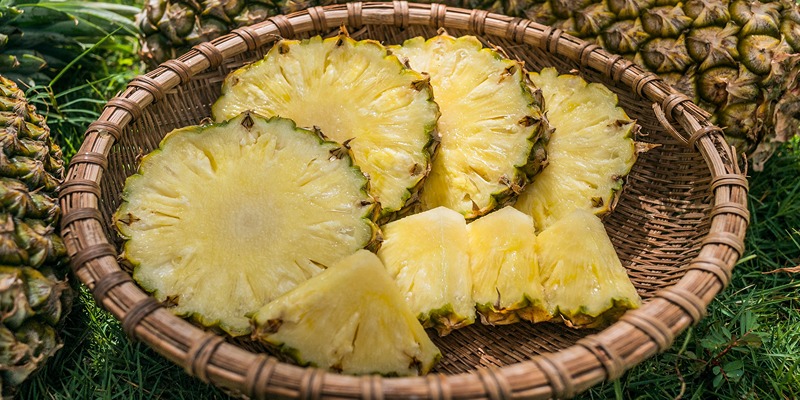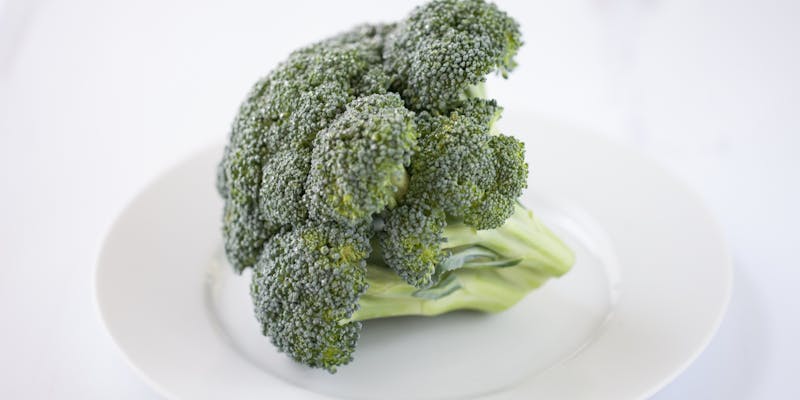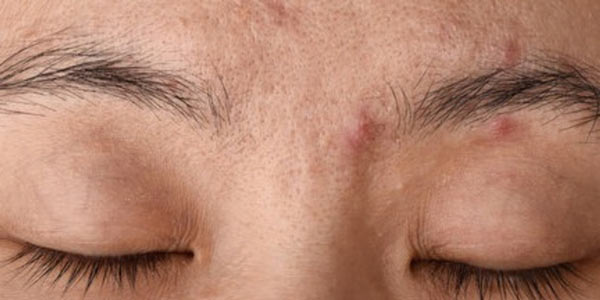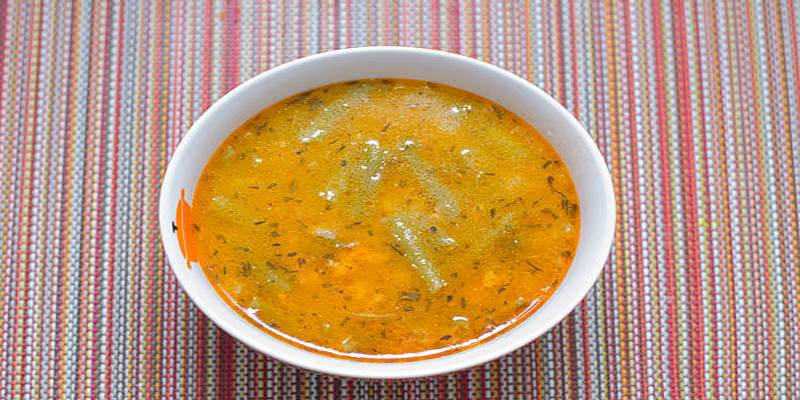Tips to Avoid Acid Burn While Enjoying Pineapple
Mar 12, 2024 By Nancy Miller
Pineapple, which is used for its delicious and nutritious properties, can cause acid burn or irritation in some individuals, if it is consumed in excess. Although there are so many health benefits of pineapple, including being high in vitamins, minerals, and antioxidants, it can cause digestive problems for some people due to its acidity. Therefore, in order to enjoy the tropical fruit without any discomfort, it is necessary to understand how to mitigate the risk of acid burn. Follow us in the process of discovering effective eating strategies to prevent acid burn and make the pineapple eating more enjoyable.

Understanding Pineapple Acid Burn
Causes of Acid Burn from Pineapple
The main reason why pineapples make an acid burn is the fact that bromelain, an enzyme that breaks down the proteins, is present. Bromelain may cause the lining of the mouth, throat and stomach (which are all sensitive) to become irritated, and this could result in discomfort, particularly when it is consumed in large amounts or when the stomach is empty. Furthermore, due to the fact that the pineapple has a high acidity level, which can make the symptoms even more severe, acid burn becomes a risk.
Symptoms and Discomfort Associated with Acid Burn
Acid burn from a pineapple can be manifested by burning sensation or soreness in the mouth, throat, or stomach along with nausea, bloating, and heartburn. Furthermore, occasional mouth ulcers or fissures on the tongue can also present themselves in some people. It is the intenseness of the discomfort that varies from individual to individual and also with the volume of the consumed pineapple. Grasping the symptoms is the basis of early detection and, therefore, treatment of acid burn.
Fruit Eating Tips for Acid Burn Prevention
Choosing the Right Pineapple
When choosing a pineapple to avoid acid burn, you should pick the ripe but not the over ripe ones. Look for the pineapples that are golden-yellow in color, firm in texture, and sweet aroma coming from the base. Do not choose pineapples with brown spots or a very strong fermented smell, which can show an excess of acidity and overripeness. Moreover, consider pre-cut pineapples for those who are sensitive to bromelain because it is more concentrated in the core which may cause more severe irritation.
Preparing and Eating Pineapple
In order to avoid the risk of acid burn while consuming pineapple, please follow these preparation and eating instructions. Initially, peel and core the pineapple as the skin and core contain more bromelains and acidity. Cut the pineapple into bite-sized pieces or slices, making sure that any tough or fibrous parts are discarded. Also, please note that combining pineapple with other foods, like yogurt or cottage cheese, can also help to neutralize acidity and reduce irritation. Chew well the pineapple and masticate it slowly to give your digestive system some time to process it in a more comfortable manner. With these simple guidelines on hand, you will be able to avoid acid burn and enjoy this fruit.
Hydration and Neutralizing Acidity
Drinking Water Before and After
One of the good strategies for avoiding acidic burn from pineapple is to drink water before and after consumption. Water helps dilute gastric acids' strength, which reduces the amount of acid that can be harmful to the digestive system. Drinking some water before eating pineapple is also a good way to help the digestive system get ready for digestion and to take away any leftover acid that is left in the mouth and throat after eating pineapple by taking some water after the meal. Try to drink a glass of water 30 minutes before and after eating the pineapple to maintain your hydration and not to let your acid burn.
Consuming Alkaline Foods Alongside Pineapple
Another very good way to neutralize the acidity and to reduce the risk of acid burn from pineapple is to eat alkaline foods at the same time. Alkaline foods like bananas, leafy greens and avocados are ideal as they help maintain balance of pH level in the stomach and reduce acidity. Alternatively, include some alkaline foods into your next dish or snack with pineapple to balance its acidic effect. This may assist in relieving the discomfort and aid in better digestion, enabling you to relish the taste of pineapple without getting affected by acid burn.
Managing Acid Burn Symptoms
Soothing Measures for Discomfort
If after eating pineapple you experience the symptoms of acid burn, there are several techniques that can calm down and reduce the discomfort. The aftertaste of a glass of cold milk or consuming a tiny bit of honey might help to calm irritation, and neutralize acidity in the stomach. Furthermore, the constant action of sucking on ice chips or chewing sugar-free gum may aid in saliva production which can, in turn, neutralize acid buildup and reduce discomfort in the mouth and throat. Taking an antacid over-the-counter may also be handy to relieve some of the symptoms that you experience from acids.

Seeking Medical Advice if Symptoms Persist
Though mild acid burn symptoms linked to pineapple consumption normally do not persist for extended periods of time, persistent or severe ones would require medical attention. In case you suffer from a long-lasting discomfort, for example, intense will pain, difficult swallowing, or continuing nausea, you must contact a healthcare professional. By evaluating your symptoms, ruling out any underlying conditions as possible causes, and suggesting effective therapies to relieve pain and aid in the healing process, they can help to alleviate the cause of discomfort.
Conclusion
It is possible to have pineapple and to have a less serious case of acid burn,though you need to be aware and take preventive measures. Through the selection of the ripe ones, the preparation of the pineapples correctly, staying hydrated and eating alkaline-rich foods, individuals can prevent acid-related inconvenience. Furthermore, using gentle remedies for managing symptoms and getting medical help if the condition lasts for a long time is essential to a perfect digestive health. This leads to the adjustments in lifestyle, such as moderation and personal tolerance level understanding, which result in the smooth pineapple eating. These measures would certainly lead people to enjoy the tropical sweetness of pineapple without a tummy ache.

8 Things to Stop Doing When Dealing with Acne: A Guide

Tasty Ways to Incorporate Broccoli into Your Weight-Loss Diet

Unveiling the Path to Radiant Skin - A Comprehensive Guide

Are You Getting Enough Iron In Your Diet? Best Food To Get Iron

Ways You Could Be Showering Wrong

Ease Your Back: Gentle Yoga Poses for Stretching Hamstrings

What to Do if You Have Dehydrated Skin


